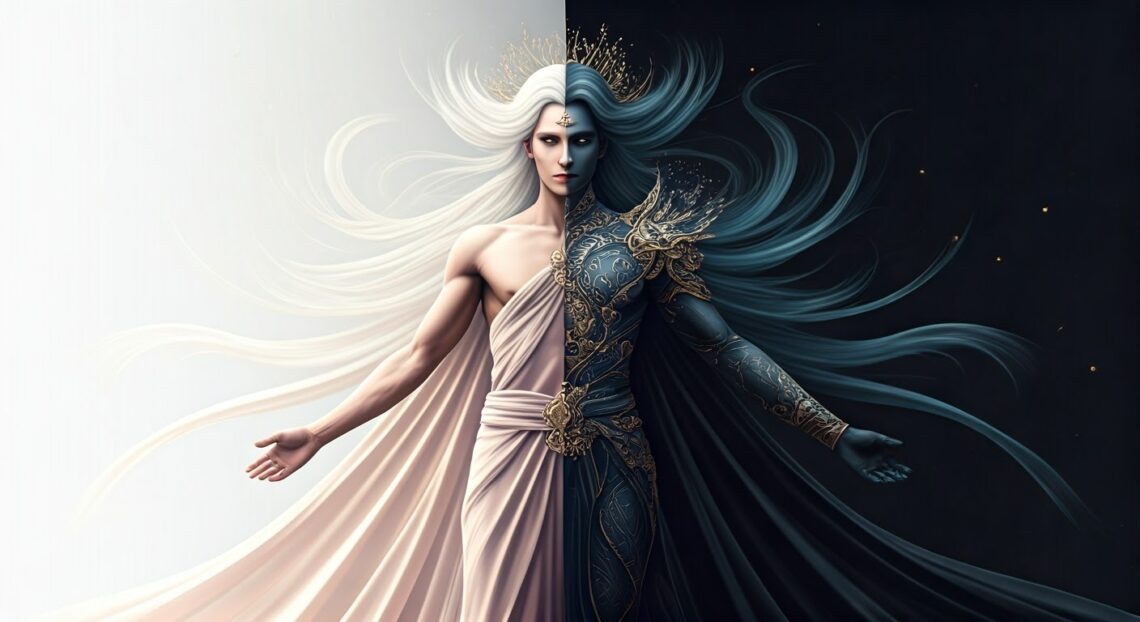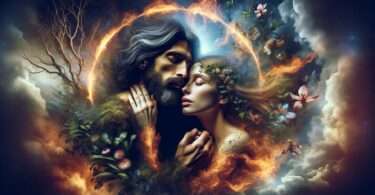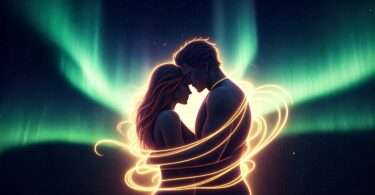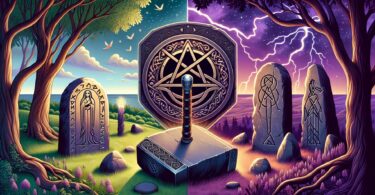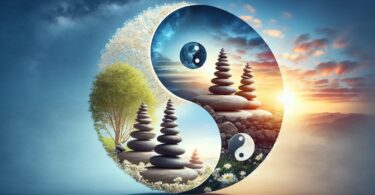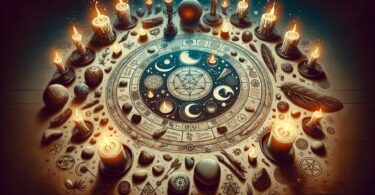Neo-Pagans embrace darkness and death as a natural part of the cycle of life. As Sufi mystic, Llewellyn Vaughan-Lee, explains:
“Initiates have always known that rebirth only happens in the darkness. In the moist darkness of the feminine, new life is conceived and carried. Should our culture be different, reborn only in the light, on the brightness of consciousness? When we envision a future of technological or scientific progress, we avoid the darkness, just as we have turned away from the primal power of the feminine that is the real giver of life. And so the sterility of our disbelief surrounds us, because we do not dare to welcome the darkness, the unknowing, the wisdom of the feminine.”
Neo-Pagan deities often combine in one symbolic person both the light and the dark, the positive and the negative, the beneficent and the terrible. For example, many pagan goddesses from history claimed dominion over both love and war, and were described as both chaste and promiscuous. They combined nurturing motherliness and bloodthirsty warlikeness. They governed the entire cycle of life, from birth through death. They were objects of both attraction and fear.
Robert Elwood and Harry Partin have observed that in spite of our expectation of the sacred as something positive, “There is also a frightening dimension to the sacred; it may reach out and slay those who presume too much.” Pagan elder, Fritz Muntean, elaborates:
“These frightening elements require a kind of cautious awareness that honours them as a part of our psyche that cannot be rendered harmless by good will or reflective meditation. Most especially they cannot safely be denied or repressed, for they are elements of the numinous, and what belongs to the sacred must somehow be acknowledged lest they act themselves out. By somehow rendering conscious and acceptable these subterranean aspects of the divinity—these suppressed underground emotions—we can legitimate the demonic and destructive as having rights of their own on the strength of their therapeutic potential. But we must clearly understand that we do so at our own peril. The same power that can give us rebirth can also drive us mad.”

